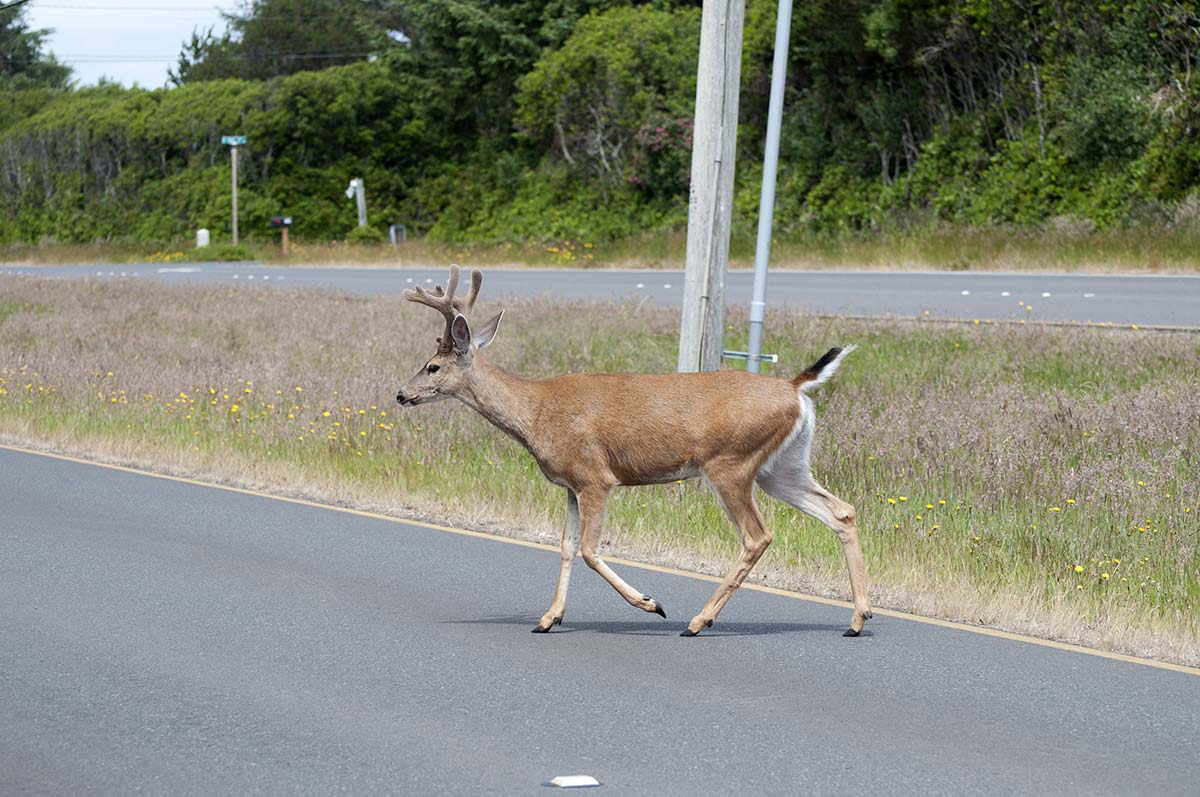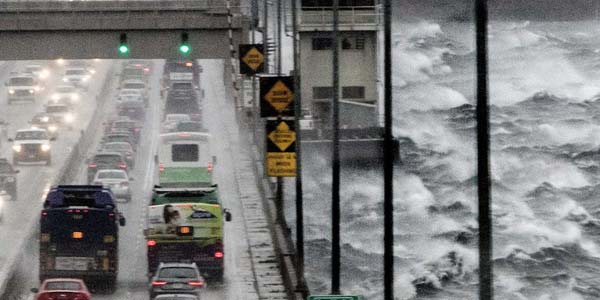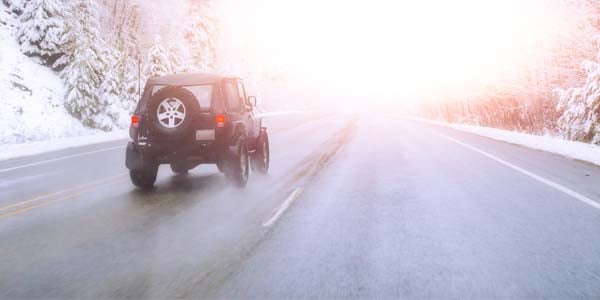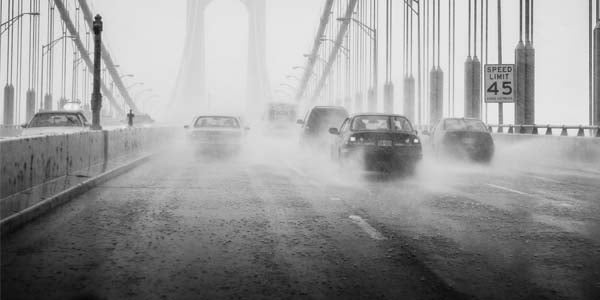17 Must-Know Tips That Will Make You a Better Defensive Driver
Even the most-skilled driver, with a solid safety record, is still at risk for a car accident. Anticipating potential road hazards is the key to defensive driving. In addition to protecting life and limb, it can potentially lower your insurance bill and help you avoid tickets.
You can’t control bad road conditions, distracted drivers, people under the influence or other unexpected situations. You can, though, increase your odds of staying clear of such hazards with this list of 17 defensive driving tips. They key takeaways are:
- Assume other drivers will do the unexpected.
- Keep your full attention on the road.
- Make sure your brakes and tires are in good working order.
Defensive Driving Safety Tips
- Expect other drivers to do the unpredictable, for example, running a red light, backing out without looking or veering into your lane.
- Ignore the constant distractions in your own car, for instance, text message pings, crying babies, eating and drinking, smoking, turning to look at passengers, adjusting the stereo and putting on makeup. Leave your cellphone in your pocket, your purse, your backpack or the glove compartment, and save the snacks and makeup for home or your destination.
- Plan your route before you put the car into gear. Load your destination into your navigation system or check the map before you start.
- Obey traffic laws, including seat belts, stop signs and speed limits. Give yourself enough time to get where you’re going so you don’t feel pressured into unsafe driving.
- Look ahead and keep your eyes moving. Watch the road for potholes and debris, scan the shoulder, check your rearview and side mirrors and be alert to brake lights ahead.
- Adjust your speed and following distance when the weather calls for it. A heat wave means there will be overheating vehicles, more tire failures, and more people out and about. Winter weather will create slick conditions that increase your stopping distance. Be extra vigilant and follow these guidelines for driving in rain, snow, ice and fog.
- Plan for unexpected changes in traffic speed in construction zones.
- Don’t rubberneck. Instead, focus on keeping clear of all those who are gawking around you.
- If someone is tailgating you, slow down enough to give them room to pass.
- 10. Keep an eye out for animals. Certain times of the day and year are more dangerous due to wildlife. The deer rutting season can start in September and usually peaks in mid-November, though it can stretch into the winter months. During this time, bucks aren’t as aware of traffic. Baby animals and juvenile raptors, who aren’t savvy about highways, are a factor in spring and summer. Go slower at night to watch for animals that get caught in the headlights in the road.

- Give cyclists plenty of room and don’t pass them when there is oncoming traffic or on blind corners. Cyclists may swerve into your lane due to a wind gust or to avoid debris.
- Be the one who lets the other driver go first. If you arrive at an intersection at the same time, wait a few seconds before moving through. Even though it may be your turn to go, other drivers may not properly yield.
- Make it easy for other drivers to know your intentions. Stay in your lane rather than trying to gain a few seconds or minutes by passing. Always use turn signals. Tap the brakes when you see traffic slowing ahead to alert drivers behind you that there’s a slowdown.
- Be extra alert during nights and weekends. Driving under the influence is most prevalent when the workweek is done.
- Talk to your teen about driving under the influence. Car accidents are the leading cause of death for teens. Drivers ages 16 to 19 are three times more likely than drivers 20 and older to be in a fatal crash.
- Take a course. It will not only improve your driving, it might reduce your auto insurance cost. If you’ve gotten a traffic citation, completing defensive driving training can sometimes get it dismissed, reduce points on your license and keep your insurance rate from going up. The National Safety Council offers online training. Many insurance companies offer educational programs for new drivers in exchange for discounts. Check with your insurer to see what will qualify you for reduced premiums or your local court to confirm approved coursework.
- Maintain your vehicle’s most important safety gear: your brakes and tires. If you do need to stop suddenly, you don’t want to find out the hard way that your brake pads are worn or your tire tread is too thin to provide traction. (Les Schwab Tires does free visual inspections of both without an appointment.)
Defensive driving is a series of hundreds of choices you make about your own driving behavior every time you get behind the wheel. Be the one who watches out for the other driver. Spotting risks ahead of time requires your full attention. With practice, it soon becomes second nature.
What you need to know

How to Drive Safely in High Winds
Here’s how to stay safer on the road when you’re driving in high or gusting winds, especially if you’re driving a pickup, SUV, RV, van or bus.

9 Driving Safety Tips to Get You Ready for a Winter Drive
Safe driving is especially important in the winter. Make sure you do these nine things before heading out for a drive in harsh weather conditions.

10 Safety Tips for Driving in the Rain
Driving in the rain can be unsafe or even downright dangerous. These safety tips for driving in the rain could help protect you from unwanted accidents.

